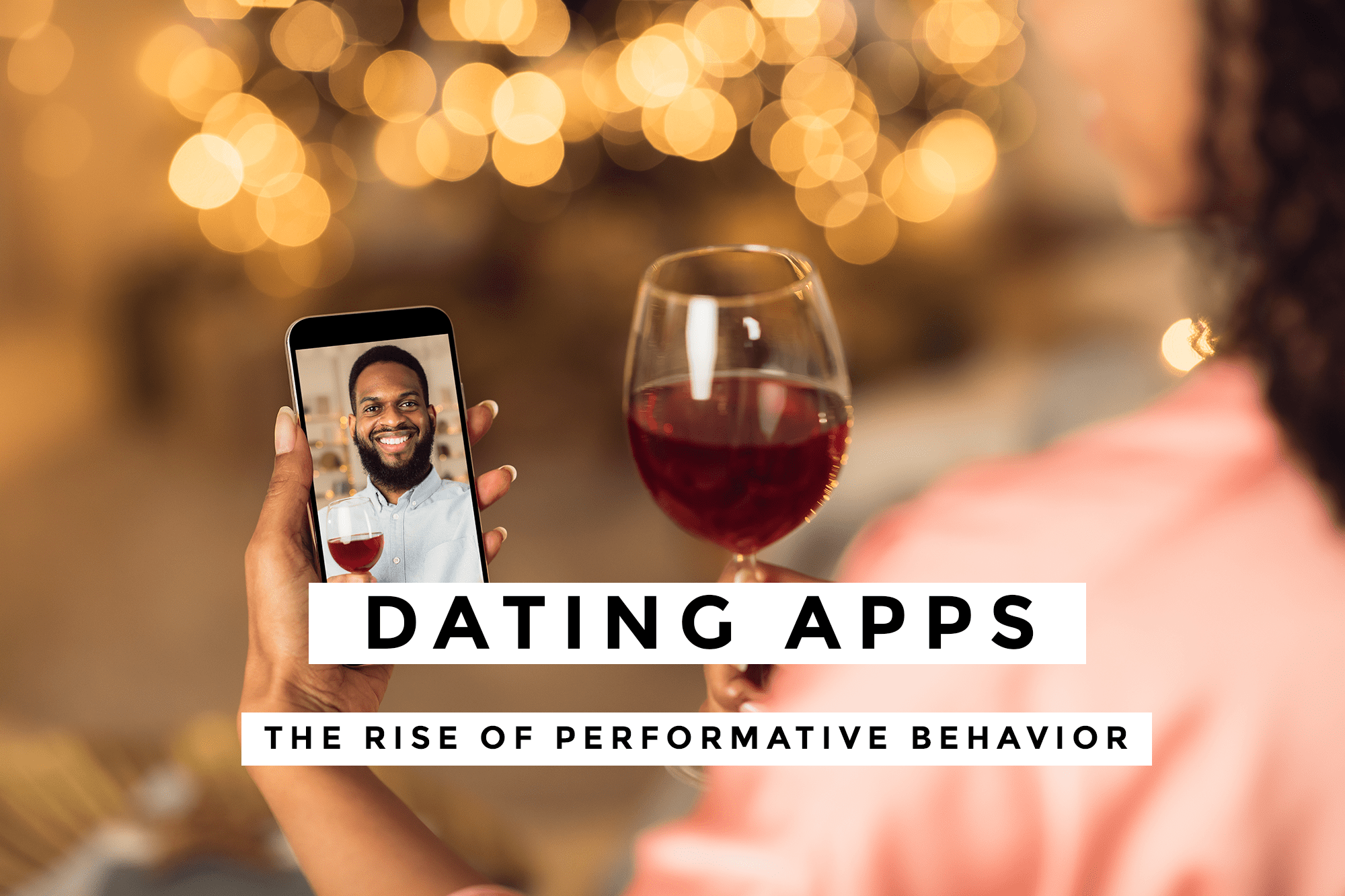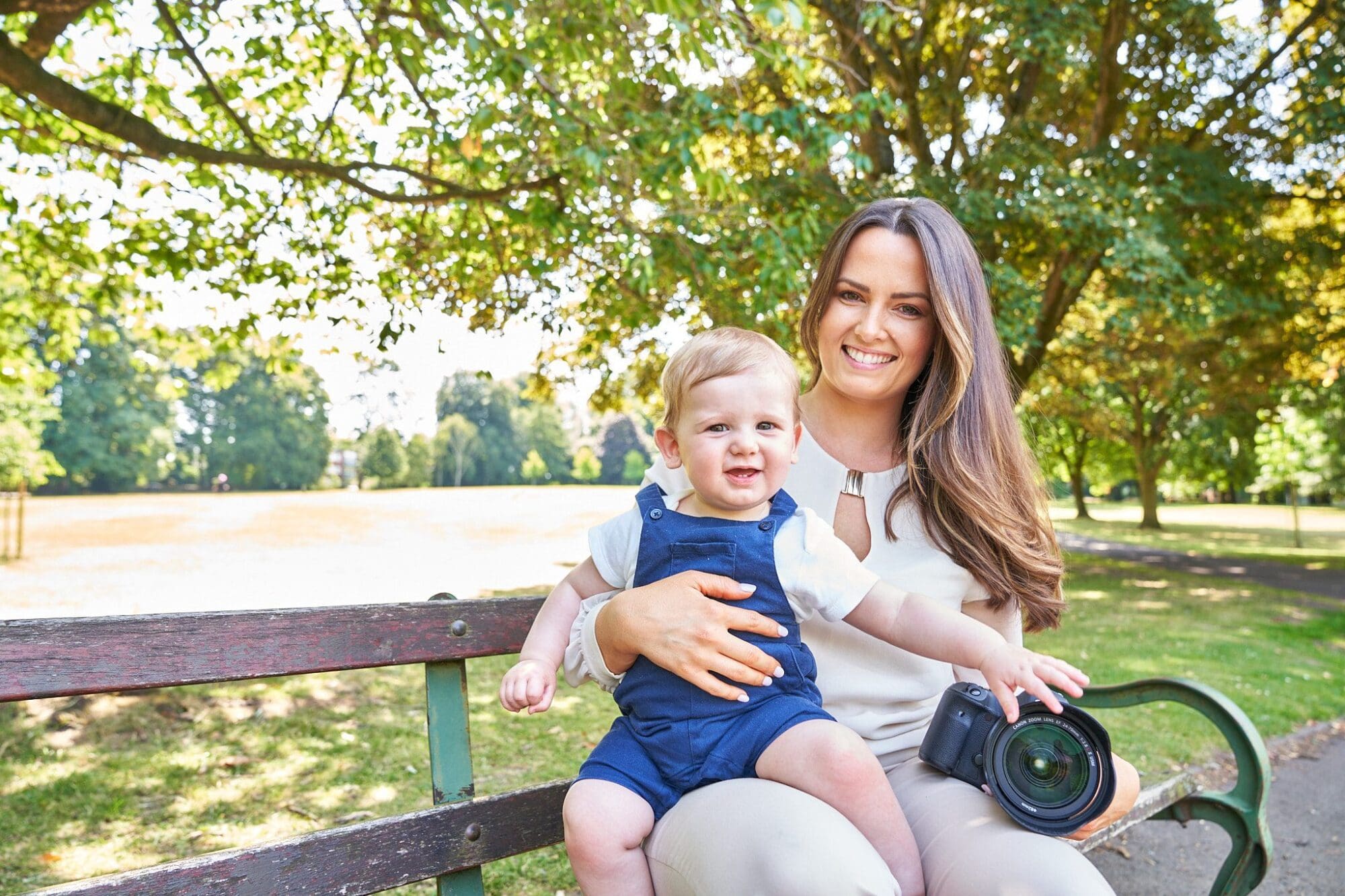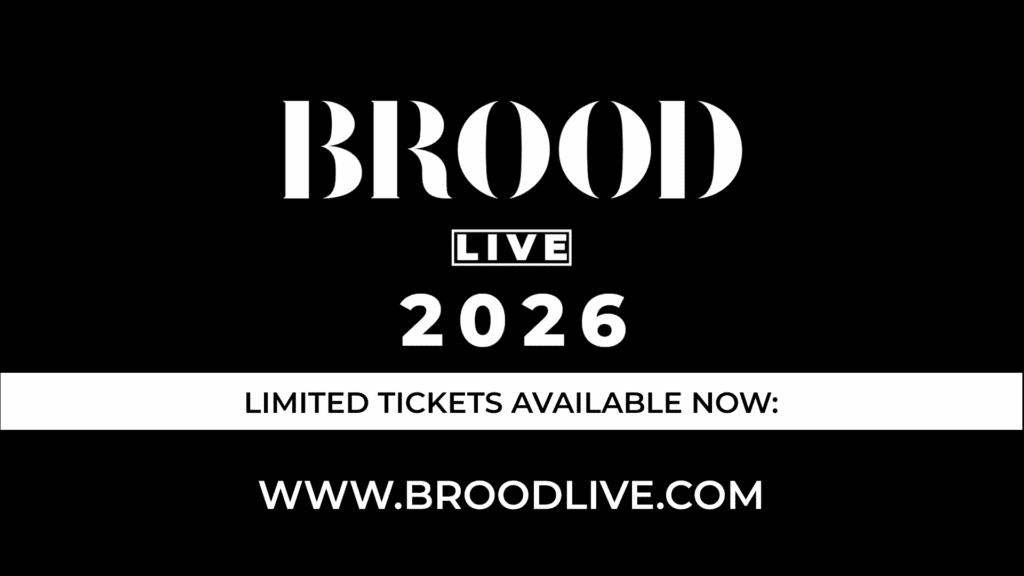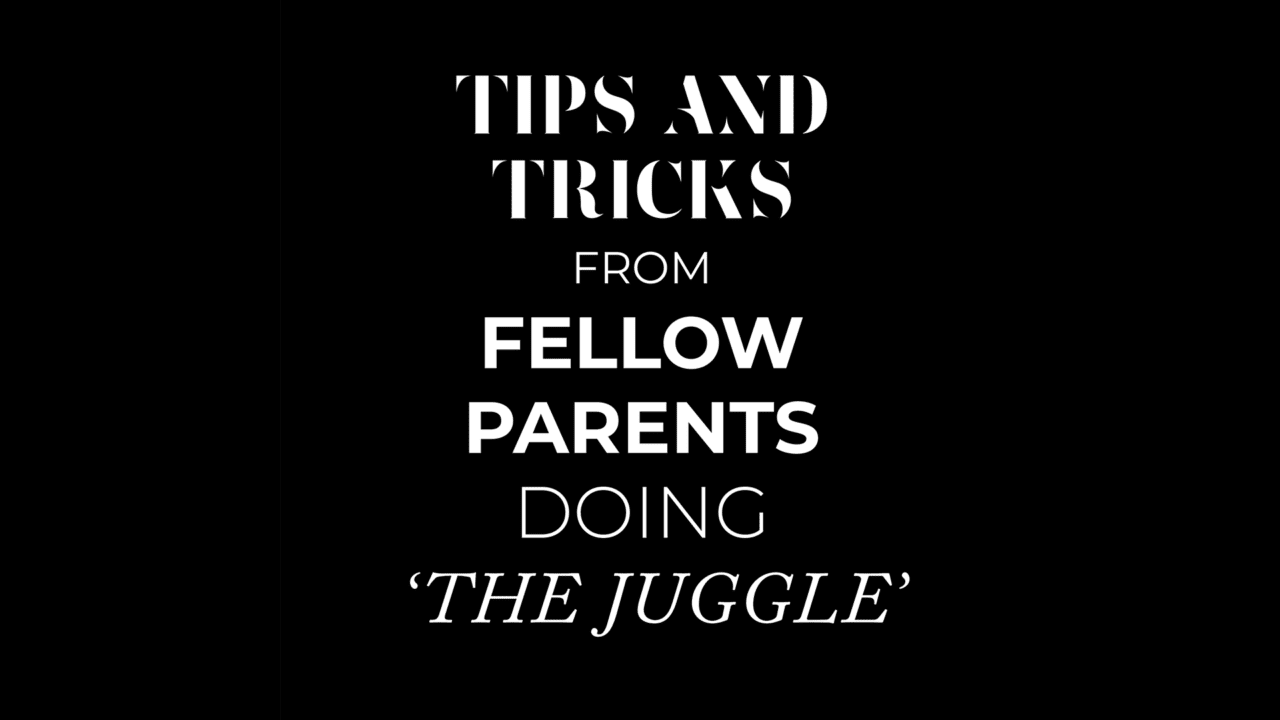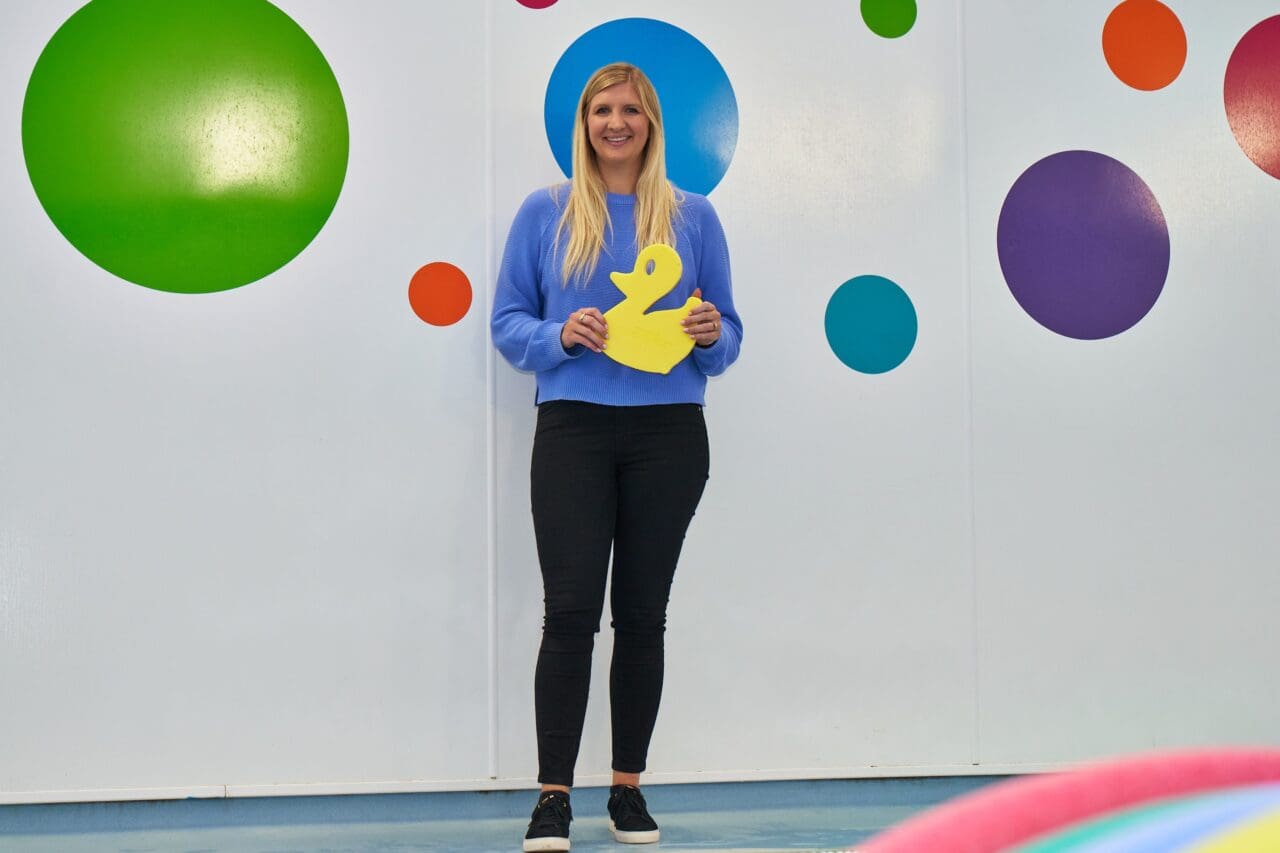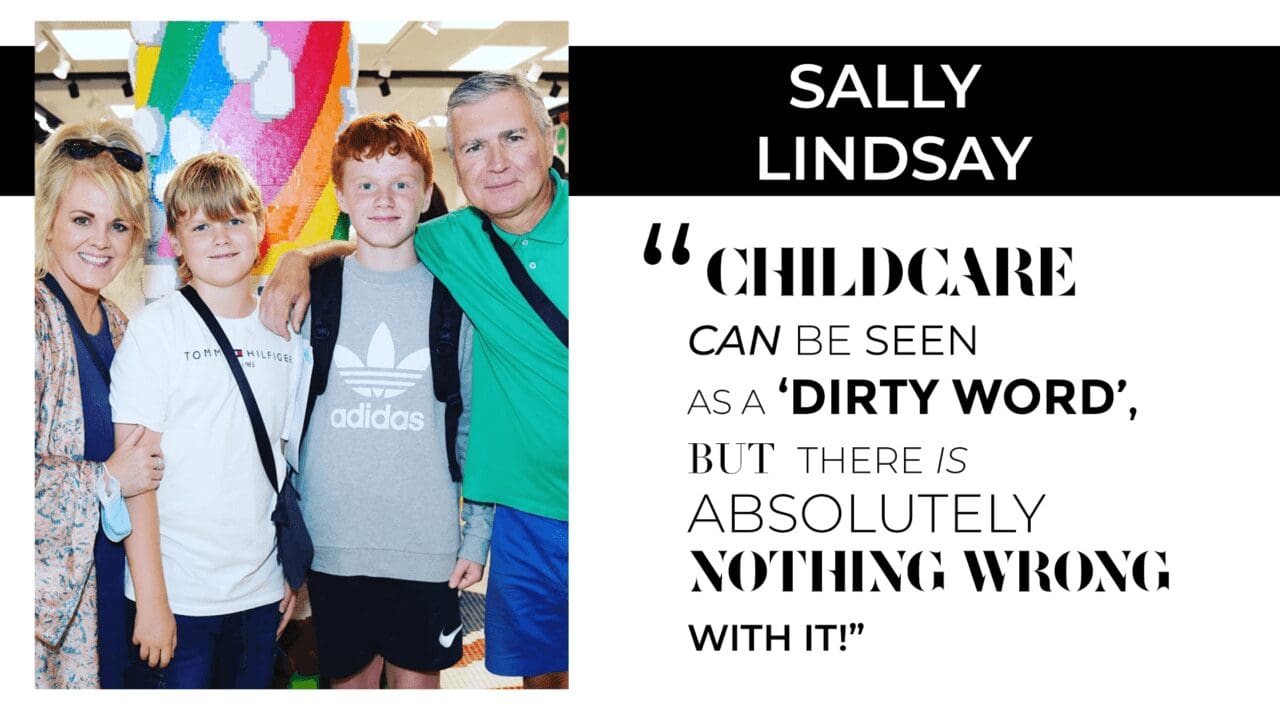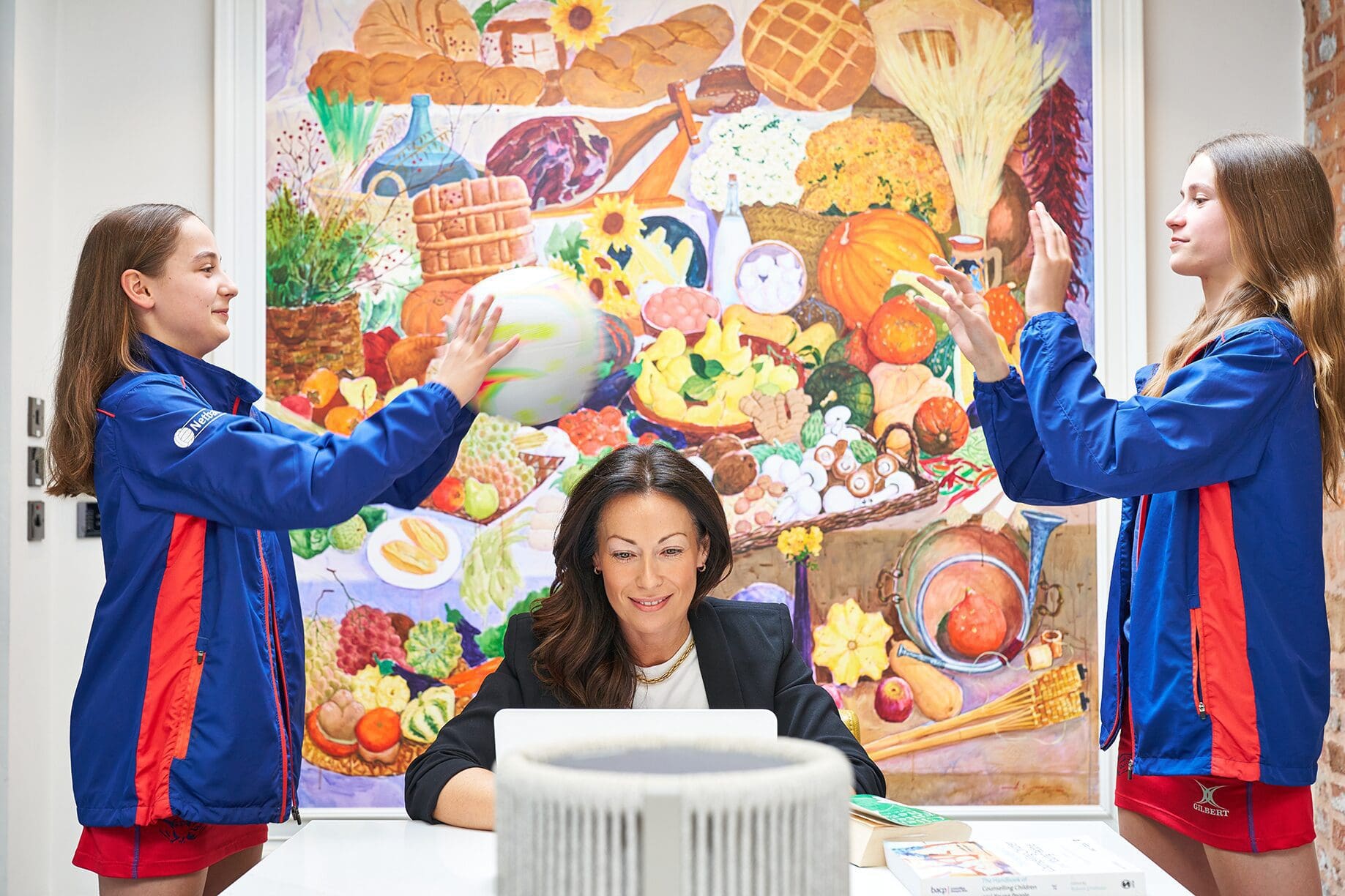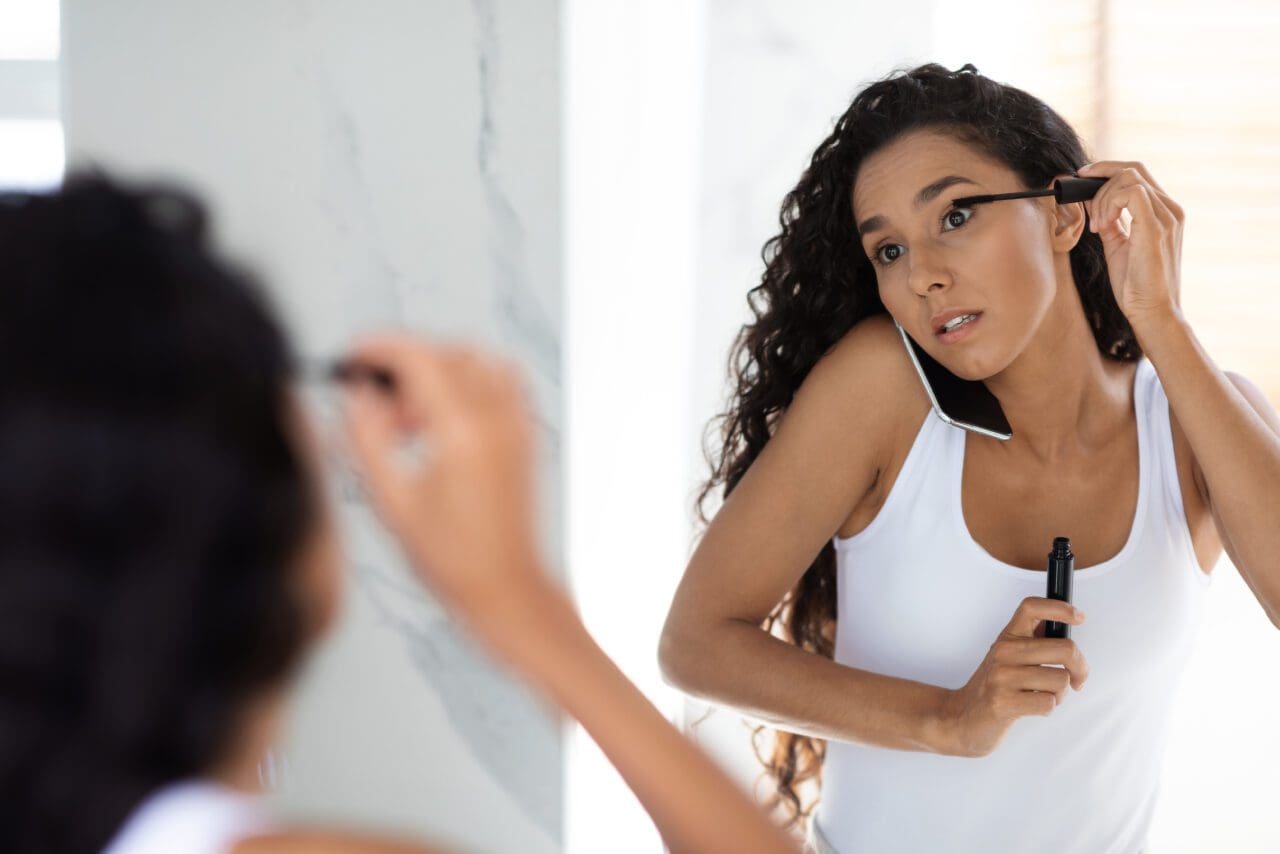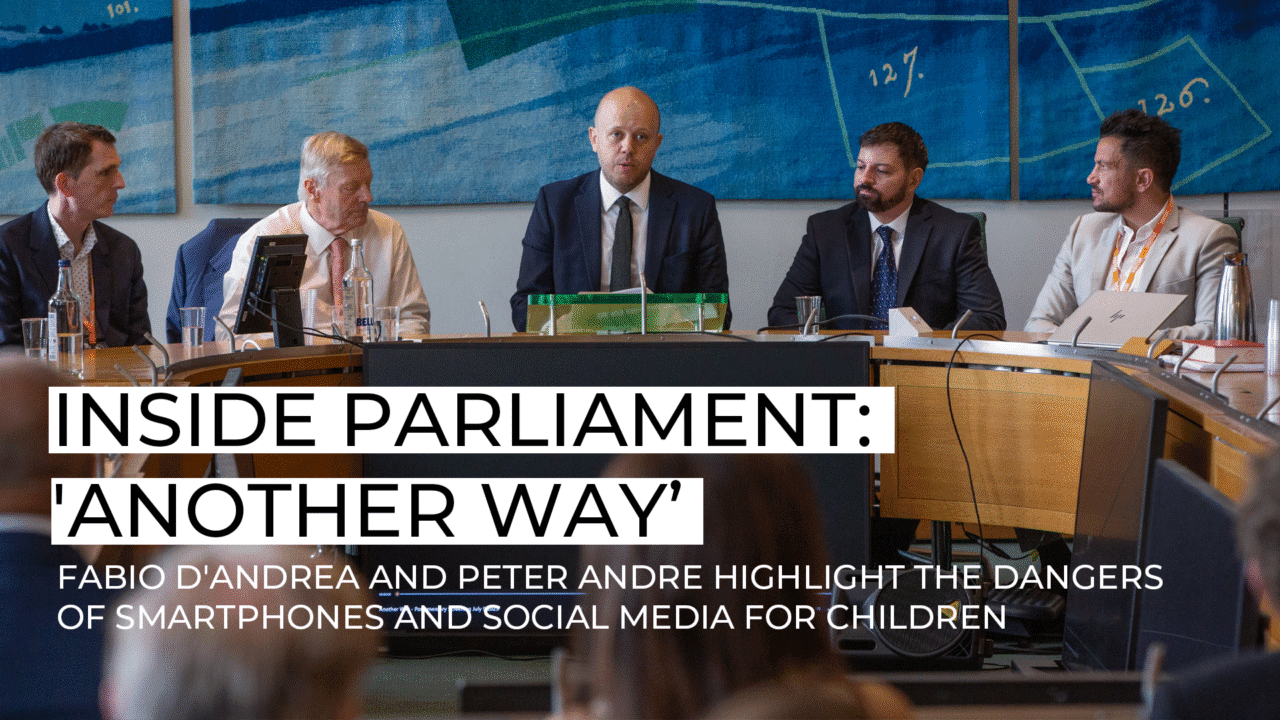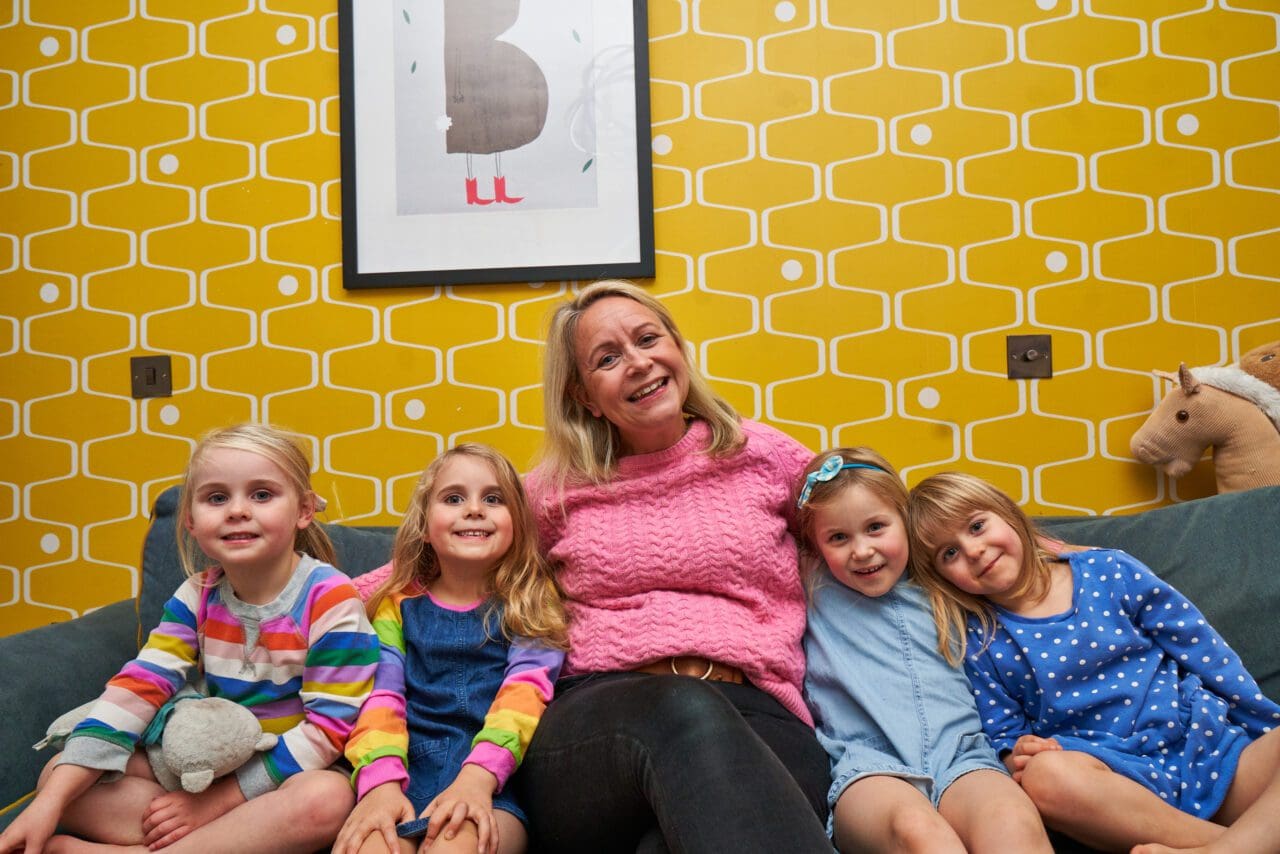The Rise of Performative Behavior on Dating Apps: Authenticity Versus Validation
Key takeaways
- Flashy photos and controversial posts get fleeting attention
- Validation-seekers use prompts like “Guess my age”
- They drive people looking for a genuine connection away
- The “wider net” principle encourages performative behavior
Online daters are tempted to stand out from the crowd by posting flashy photos or making controversial posts. This gets attention in the short term, and it’s all some people are after. Others find their chances of a serious relationship diminish. The payoff of fewer likes and more effort is usually worth it.
If you have any experience with online dating, you’ve likely crossed paths with at least a few validation-seekers. Apps have made it very easy to get attention and revel in it, which comes at the expense of those who want to use them for their primary purpose.
Weeding out attention-seekers
You can detect “pick mes” on dating sites by photos with revealing clothes, heavily edited, or professional-quality photos. Prompts like “Guess my age” or “I’m too good for this app” are telling, as are profiles promoting the user’s Instagram, TikTok, or another social medium. These users are seeking followers or engagement, not to mention the many people who have used Instagram to date, especially Gen Z.
Someone who says they want a low-maintenance mate actually wants the focus to be on them. “Just ask me” in response to a dating app prompt is a sign they’re more invested in validation than their dating life.
They take a long time to respond, and when they do, the response is superficial.
You ask a series of thoughtful questions, but you don’t get any questions back. For many, this seals the match’s fate, no matter how in-depth their answers are. You’re looking for somebody who genuinely wants to get to know you better.
The impact of validation-seeking
Attention- and validation-seekers are driving people looking for a real connection away. Pew Research Center found that fewer people were looking for dates or a relationship in 2022 compared to 2019 (42% vs. 49%). The tendency has affected men disproportionately. 60% of men were active in 2019, but by 2022, this had gone down to 50%. On the other hand, the percentage of women only dropped by 3%: 38% in 2019 vs. 35% in 2022.
While dating apps are not to blame for dating strain nor expected to relieve it, they do amplify it for many. Another recent Pew survey revealed that 25% of app users felt more insecure after their experience with an app and 35% left apps feeling more negative about dating.
It’s a numbers game
In many cases, what apps offer is nothing more than a numbers game. The wider users cast their nets, the more likely they are to find what they are looking for, be it love or casual dating. This encourages users to be less authentic, moving quickly from one user to the next, so they can maximize their chances.
Is there hope?
Yes, there is a silver lining. Falling victim to a pick-me girl or guy might inspire someone on a dating site to be more authentic. What’s more, a 2023 Pew survey found that dating sites helped 10% of partnered adults (married, cohabiting with a partner, or in an exclusive relationship) meet their current significant other.
FAQ
How have apps changed social perceptions?
People use different conversational and interpersonal skills in real life and when interacting online. In the latter situation, the inability to read cues through body language, eye contact, and tone of voice can impact the prospect of a lasting connection.
How do dating apps encourage performative behavior?
Dating apps prioritize photos as the main element. Users tend to choose their most attractive, edited, or curated pictures to make a strong first impression. This emphasis on appearance pushes people to present a potentially inauthentic version of themselves.
Swiping features encourage users to treat dating like a game, where getting “matches” becomes a form of validation. The dopamine rush can encourage users to curate their profiles in ways they believe will maximize likes or swipes, prioritizing what attracts attention.
Rapid interactions reward those who capture attention instantly. Flashy or provocative profiles may perform better, encouraging users to prioritize what’s eye-catching.
KEEP UP TO DATE WITH BROOD:
Related Articles
Learning to let go – the empowerment edit with Sarah Jayne Dunn
Have you ever found yourself in a situationship that doesn’t serve you? You’re not sure why, you can’t quite put your finger on it, but deep down, something doesn’t feel right. Your gut is nudging you, your heart feels heavy, the energy is off, and somewhere in the background, the alarm bells are starting to ring.
How Small Habits Can Make Life’s Disruptions Easier to Handle
Handle
Stress is an ongoing fact of life for many. Modern life can unfold extremely quickly, and sometimes it might seem that there’s no opportunity to pause for breath.
But this needn’t always be the case. Sometimes, the small things which add to daily workload or stress can be managed by finding the right habits and principles which work for you. But what, exactly, should these principles look like? Let’s take a look.
a wave of light: Honoring little lives lost
Honoring Little Lives Lost October 9–15 marks Miscarriage Awareness Week, a time to remember and honour all the little lives lost too soon. Having experienced the pain of pregnancy loss myself, I see this week differently now. It is not really for those of us who have...

